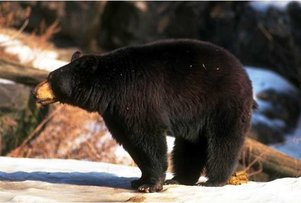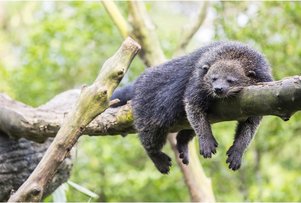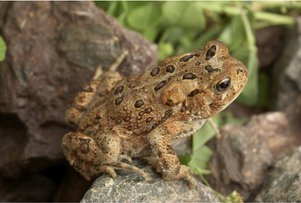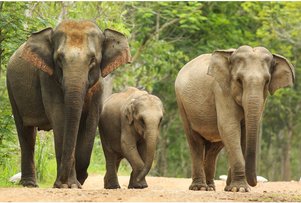The Scoop
Equine heads, Bony Plates, and Curly Tails
Seahorses are found in shallow tropical and temperate waters. They prefer to live in sheltered areas like mangroves, sea grass beds, estuaries and coral reefs. They get their name from their heads that resemble those of horses. Though it may not look it, the seahorse is actually a fish. Though it doesn’t have the scales associated with fish, the seahorse does have a skeletal makeup, thanks to a fused jaw and bony plates. Sea horses are poor swimmers and generally swim in an upright position. They propel themselves by using a small fin on their back that flutters up to 35 times per second, and anchor themselves with their tails to sea grasses and corals. Most seahorses use camouflage to blend in with their surroundings.
Seahorses can range in size from just half an inch to more than a foot in length, depending on the species. They have long snouts that they use to suck up food. They feed mainly on plankton and small crustaceans that drift by. Seahorses eat continually and can consume 3,000 or more brine shrimp per day. Seahorses are among the only animal species on Earth in which the male bears the unborn young. Male seahorses spend most of their lives pregnant. Within days of releasing one brood, males become pregnant again within days. When released, seahorse babies are fully formed, having grown inside their father’s pouch.
Seahorses are declining in number because their homes are becoming destroyed and because of over fishing. They are also very popular as pets and in aquariums.







